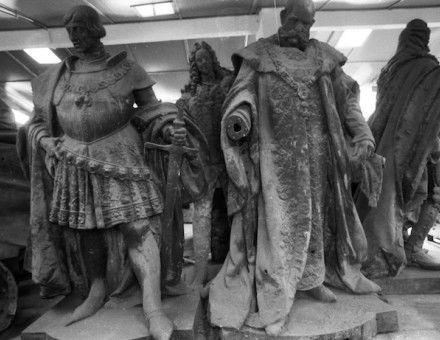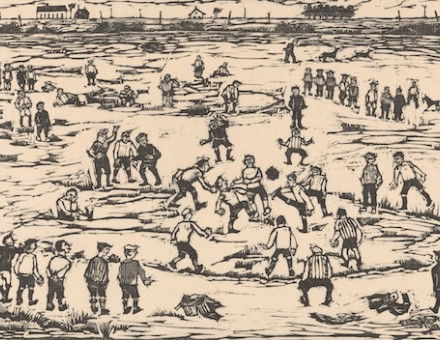Popular Theatre in the French Revolution
For some in the years 1789-94, the people's drama in Paris was not fast enough at reflecting a world turned upside down. Michele Root-Bernstein looks at what was performed and how revolutionary it really was.
During the French Revolution people from all walks of life spoke of politics as theatre. From the private letters of the obscure Rosalie Ducrollay Jullien to the public broadsheets of the famous Jean-Paul Marat they spoke, as did the latter, of 'the same actors, the same masks, the same plots ... the play of the political machine'. The metaphor was a telling one, for if the Revolution was high drama, the stage was also a political scene.
Consider this. Paris. A chill day in January, 1794. 'In the presence of scaffolds', Madame de Stael would later complain, 'the theatres were filled as usual'. On the north-eastern outskirts of the city, on a broad tree-lined avenue called the boulevard du Temple, a handful of small theatre halls catered to the popular taste. The Gaite was the largest of these, renowned for its fantastic mix of acrobats, buffoons and bathetic lovers. Inside spectators stuffed the galleries to the rafters. Gossip hummed in the boxes; quarrels sounded in the pit. The close smell of hundreds of smoking candles and perfumed bodies hung in the air.





